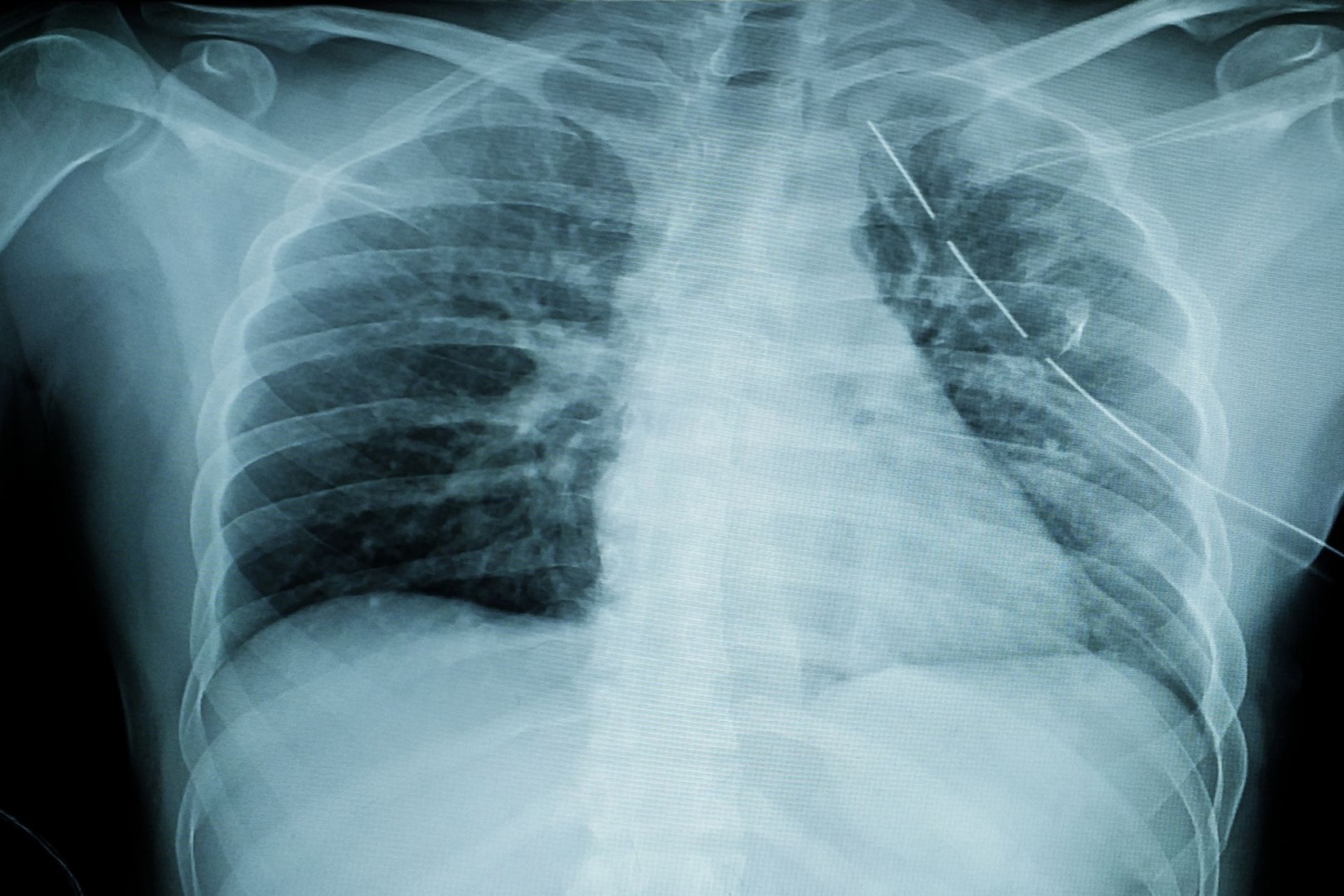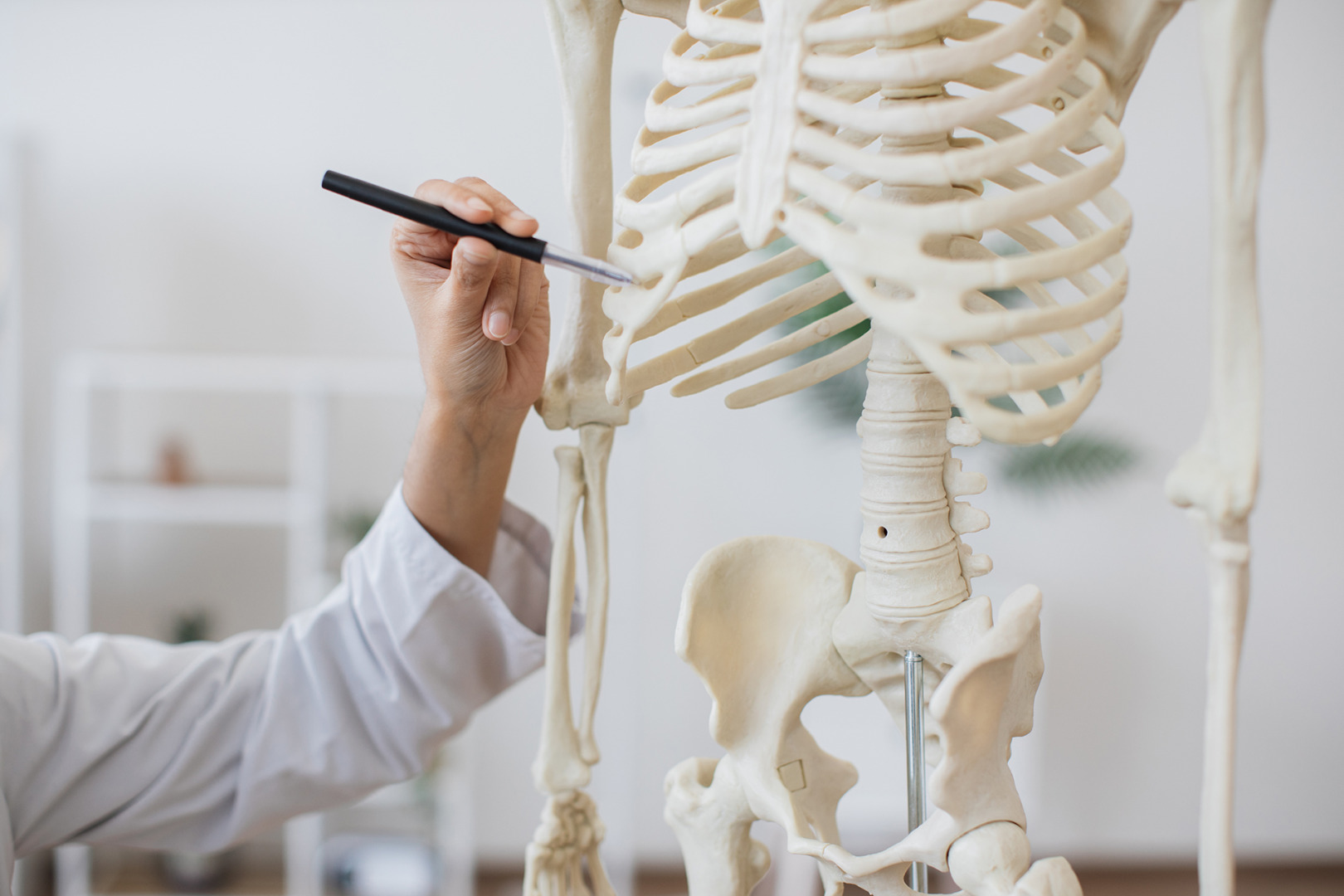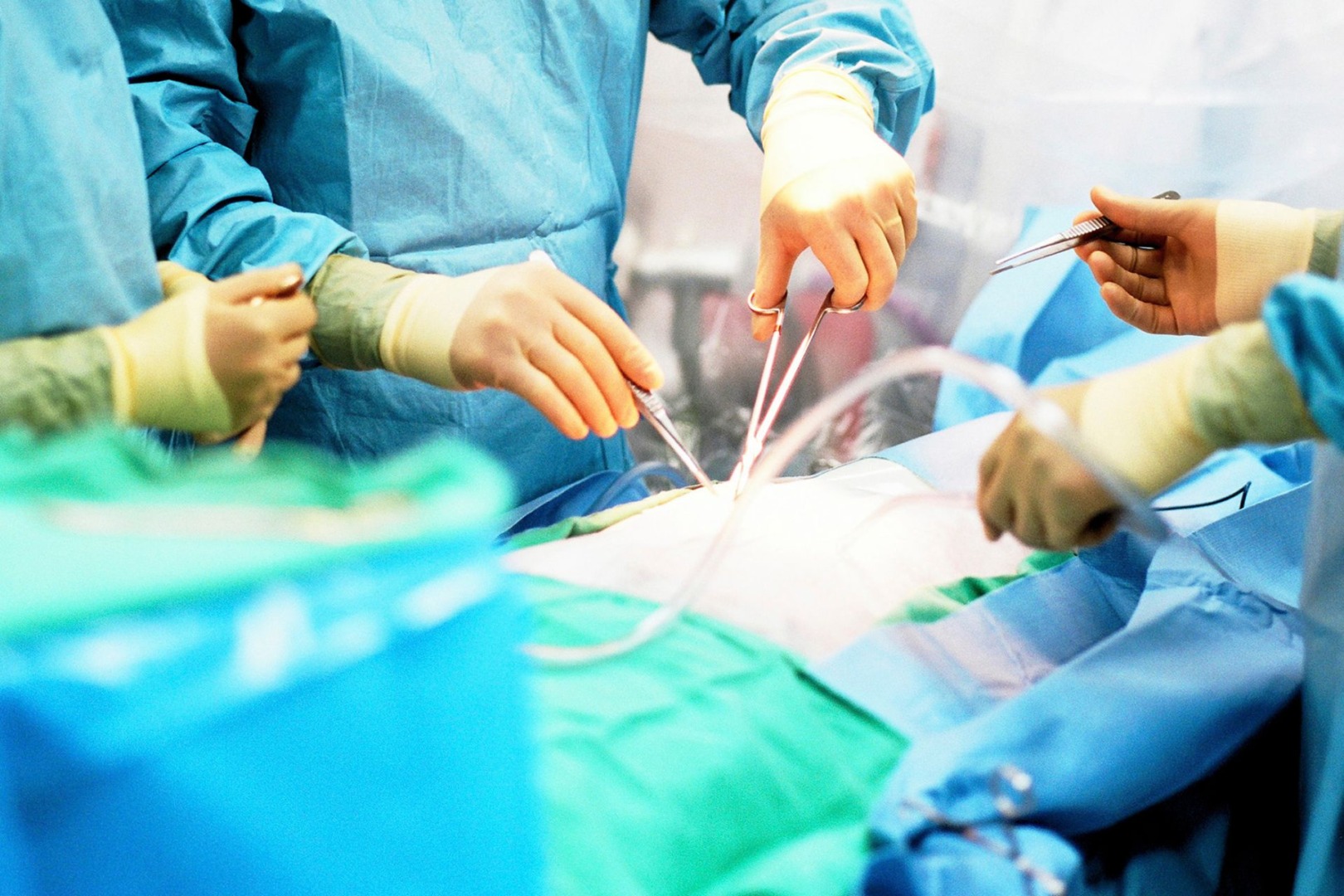Most people assume rib fractures only occur when something hits us directly, associating them with traumatic events—a bad fall, a car crash, a tough tackle. Without an external circumstance, we think our bones are safe. But that isn’t true. You can sustain a rib fracture without experiencing any external trauma.
Non-Traumatic Causes of Rib Fractures
There are several different causes for rib fractures without trauma. Sometimes, a rib fracture can result from a different condition the body faces, and sometimes, it could be a sign that something might be wrong.

“Rib fractures aren’t always the result of obvious trauma. They can be silent witnesses to diverse underlying health issues, from severe coughing fits to metabolic bone diseases”, explains Dr. Harish Mithiran, director of Neumark Lung & Chest Surgery Centre in Singapore. “Understanding these less obvious causes is crucial for accurate diagnosis and proper treatment”.
One of the most common causes of rib fractures without trauma is osteoporosis. People with osteoporosis might fracture a rib from actions as simple as coughing, sneezing, or turning over in bed. The condition causes bones to become weak and brittle, making them more susceptible to fractures from minor stresses or even everyday activities.
Osteoporosis is not the only bone disease that can cause a rib fracture without trauma. Other bone diseases like osteomalacia (softening of the bones due to vitamin D deficiency) and Paget’s disease of bone (which disrupts normal bone remodelling) can also increase the risk of spontaneous rib fractures.

Repetitive stress or overuse can also lead to rib fractures, especially in athletes or individuals engaged in activities that strain the ribcage continuously. For example, rowers, golfers, and weightlifters are prone to stress fractures in the ribs due to the repetitive nature of their sports, which involve constant twisting and pressure on the chest area. These stress fractures develop gradually over time and may not be associated with a single traumatic event. So you see, it is not just athletes in high-contact sports who can sustain a rib fracture!
In some cases, severe or chronic coughing can be so persistent and damaging that it affects the ribs. This is especially so in individuals with weakened bones. Persistent coughing from conditions like chronic obstructive pulmonary disease (COPD), asthma, or severe respiratory infections can generate enough force to fracture a rib. The repetitive, intense pressure exerted on the ribs during a prolonged coughing episode can lead to fractures, especially in the elderly or those with compromised bone strength.
Cancer, too, can cause a rib fracture without a traumatic event. Cancers that have metastasised – spread – to the bones sometimes lead to rib fractures without trauma. Also, breast, lung, or prostate cancer can spread to the ribs, weakening the bone structure and making it more susceptible to fractures. Even minor stresses or movements can result in fractures in these weakened bones.
Related Rib Fracture Conditions
What Can I Do About A Rib Fracture Without Trauma?
The good news is that rib fractures without traumas can be treated the same as rib fractures caused by trauma. In both cases, an internal rib fixation conducted by an expert thoracic surgeon, such as a surgeon at Neumark Lung & Chest Surgery Centre in Singapore, can stabilise the rib and help your body recover. This technique involves the use of metal plates and screws to secure the broken ribs, promoting proper alignment and healing.
This minimally invasive surgery consists of several steps. First, the surgeon makes an incision over the fractured rib to expose the broken segments. Then, they are realigned to their normal anatomical position. Metal plates made of titanium are contoured to fit the shape of the ribs and then secured to the ribs with screws to stabilise the fracture site. The incision is closed, and the procedure is completed. It takes a few hours under general anaesthesia, and the surgery’s complexity and recovery time vary depending on the severity of the injury. Sometimes, a rib fracture without trauma can be simpler than a traumatic injury, but there is no hard and fast rule.

There are plenty of benefits from an internal rib fixation. It provides immediate stability to the ribs, which is very important to ensure the condition does not get worse. The primary reason rib fractures hurt is that the fractured ribs move inside your body. Internal fixation puts them into a stable position, almost instantly reducing pain. For those who have respiratory issues, an internal rib fixation improves breathing. On top of all that, it also makes for a faster recovery and enhanced healing.
So, if you’re concerned about a rib fracture without trauma, consider making an appointment with Neumark Lung & Chest Surgery Centre today to learn more about what an internal rib fixation can do for you.

